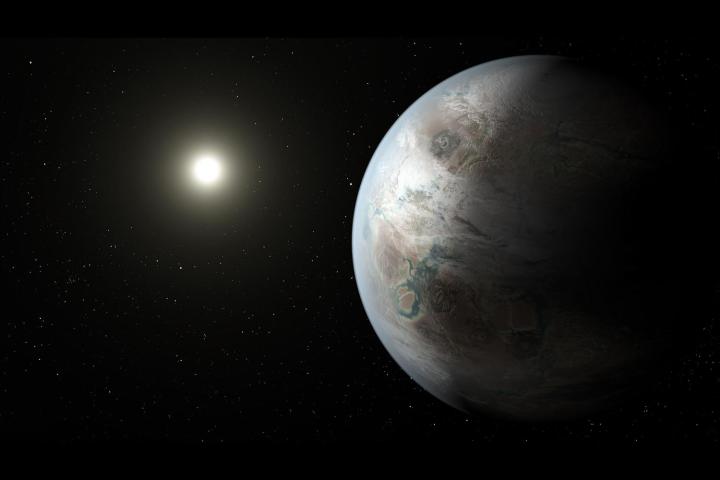
More than 61,000 measurements on over 1,600 stars are included in the catalog, which was complied during more than two decades by Hawaii’s W.M. Keck Observatory. Along with the dataset, the public is encouraged to download open-source software and an online tutorial to assist in analysis.
“[These] data likely contain even more planets that didn’t meet our statistical significant testing, but that more observing may reveal with time,” Paul Butler, staff scientists at Carnegie’s Department of Terrestrial Magnetism, told Digital Trends. “In that sense, these data will likely ‘keep on giving’ for a long time.”
More: Kepler finds 104 exoplanets in the largest single haul of confirmed planets
The huge catalog — the largest ever released using a method called radial velocity (RV), the slight movements some stars make in response to internal or external forces (such as the gravitational pull of an exoplanet) — was made possible thanks to a little bit of outside-of-the-box thinking. Keck’s High-Resolution Echelle Spectrometer (HIRES) instrument wasn’t initially designed to measure RV, but astronomers quickly realized it could be used for such studies.
“Although HIRES was originally designed to look at faint galaxies, my teammates had plans to use HIRES for planet hunting before it was even installed,” Jennifer Burt, an MIT postdoctoral fellow who’s involved in the project, told Digital Trends. “Which is why Steve Vogt, who designed the instrument, made sure there was an iodine cell — which is one of the methods for doing precision RV science — installed at first light.”
That’s a good thing too, since HIRES has facilitated a handful of notable exoplanet discoveries since the mid-1990s, according to Burt.
The researchers have been busy combing through the data collected by HIRES and have recently detected more than 100 potential exoplanets. In a paper that will soon be published in the Astronomical Journal, Burt and her colleagues describe the discovery of a 3.8 Earth-mass planet orbiting our fourth closest star. “[This] really drives home the point that almost all of our nearby stars likely have planets around them,” she said.
However, the researchers hope the catalog’s release will inspire citizen scientists around the world to join the hunt, because there’s simply too much data for them to effectively sift through alone.
“My hope is that this data will give people who might not deal with science in their every day lives the incentive to investigate the data analysis and fitting process,” Burt said. “I think that exoplanets are both a very tangible and very exciting area of science, and one in which we are making new discoveries almost every day. Because of that, this field is a great way to introduce the community, especially the kids in grade school and high school, to cutting edge research and show them that anyone can be a scientist!”
Editors' Recommendations
- Astronomers spot rare star system with six planets in geometric formation
- Tatooine-like exoplanet orbits two stars in rare astronomical discovery
- Astronomers find remnants of planets around 10 billion-year-old stars
- Astronomers spot a new planet orbiting our neighboring star
- Astronomers catch the destruction of a red supergiant star in real time


